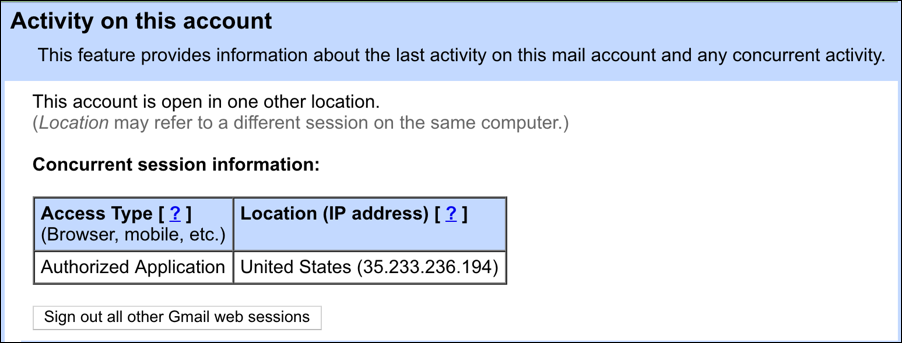

Internet Message Access Protocol (IMAP) – Allows an app or service to access all email (in all folders) and to sync email across your devices. Simple Mail Transfer Protocol (SMTP) – Allows an app or service to send email. Post Office Protocol 3 (POP3) – Allows an app or service to access email messages in your inbox. You might also see these protocols if your email apps or webmail services use them:Įxchange ActiveSync – Syncs email, calendar, and contacts between your devices and your account. You'll see the same automatic sync activity at regular time intervals. Your account automatically signs in as you when you connect your Microsoft account to an app or service that manages emails. Learn more about security info.Īpp passwords are used for apps or devices that don’t support two-step verification. You've added or removed a piece of security info to your account. Learn more about replacing security info. Learn more about aliases.Īll the security info for your account (like alternate email addresses, phone numbers, and authenticator apps) was scheduled to be removed.
#Sign me out of other locations code
The name that identifies you in Microsoft products and services has changed.Īs an extra authentication step, you received a security code by text, email, or authenticator app.Īn alias is an additional email address that uses the same inbox, contact list, and account settings as the primary alias (email address) for your Microsoft account. Here are the types of activities you'll see on the Recent activitypage. After turning this on, we'll only notify you when your activity appears to change. To reduce the number of notifications we send you about your activity, you can select the Keep me signed in box when you sign in. By choosing this option, you'll let us know we don't need to block your account. We may mark activity as unusual if you use your account on vacation, get a new device, or allow an app to sign in as you.
#Sign me out of other locations update
As part of this process, you'll be asked to change your password and to update your security info.Ĭhoose This was me if you recognize the activity as yours.

We'll help you to protect your account from unauthorized access. These options are only available in the Unusual activity section, and they're only visible after you've expanded an activity.Ĭhoose This wasn't me if the activity wasn't yours or you're just not sure if it was you. To let us know whether an activity was safe, you can choose This was me or This wasn't me. The internet browser or type of app used for the activity, if any The type of device or operating system used for the activity Note: Mobile phone services route activity through different locations, so it may look like you signed in from somewhere that's not your actual location. If you get an email about unusual activity and you're not sure if it's from Microsoft, you can safely sign in to your Microsoft account any time without clicking links in the email. To travel without disruptions or alerts, we recommend using Microsoft Authenticator to sign in. If you travel often, your new locations may show as unusual activity. To learn more about account management and security, see the Security basics page. If you're concerned that someone might have access to your account, we strongly recommend that you go to the Security settings page where you can change your password and update security settings. These options are only in the Unusual activity section, so if you see them, we need your response. With your help, we can rule out false threats and block unauthorized access more quickly. When you expand an activity, you can choose This was me or This wasn't me. Let us know whether the activity was you or not. However, if you see an Unusual activity section, it's important to: If you see only a Recent activity section on the page, you don't need to confirm any activity. You can expand any listed activity to see location details and find out how the account was accessed-using a web browser, phone, or another method. The Recent activity page shows you when and where you've used your Microsoft account within the last 30 days.


 0 kommentar(er)
0 kommentar(er)
